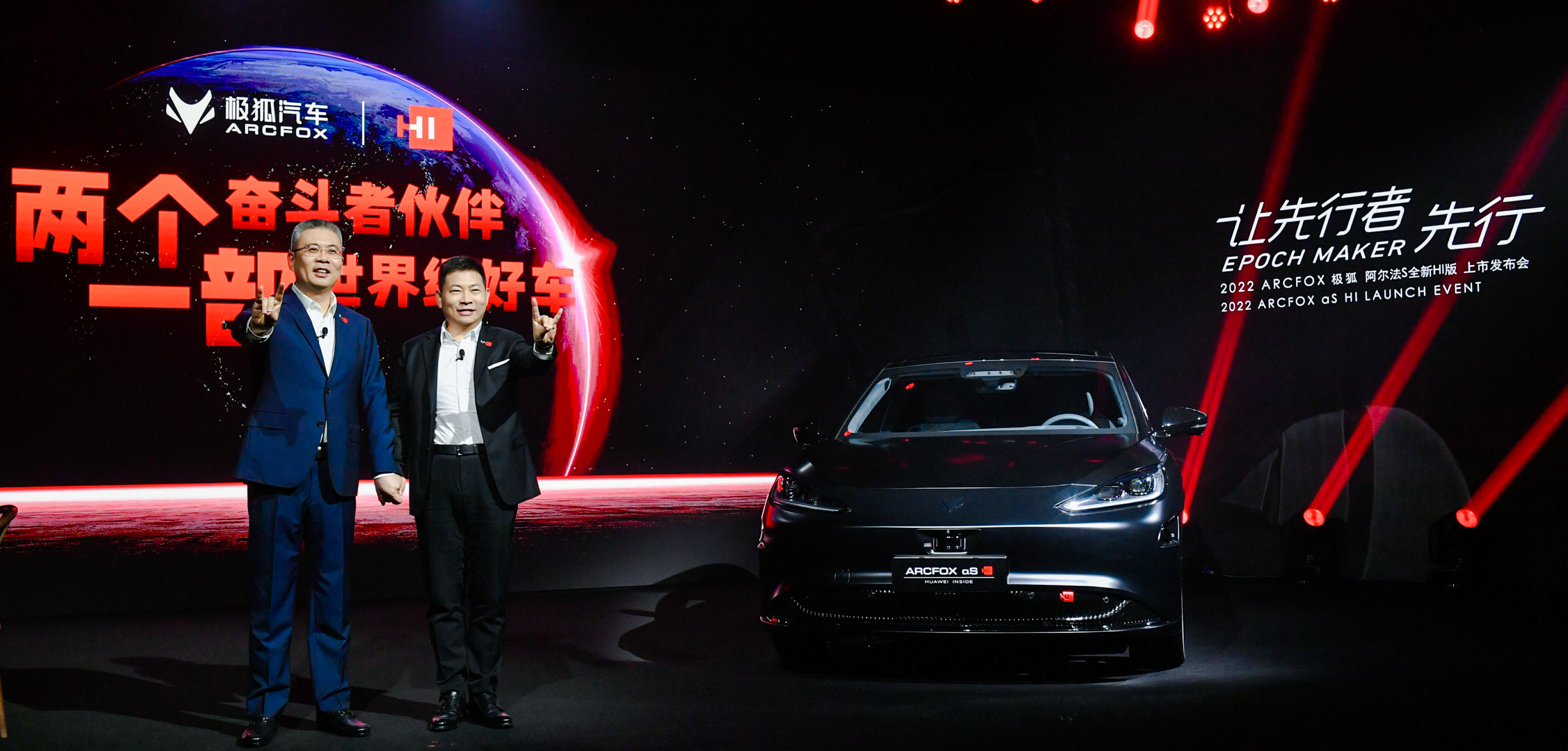After more than a year of anticipation, the new HI version of the Geely Lynk & Co Zero Concept, the Alpha S, is finally on the market with two configurations: the Advanced version and the High-end version, priced at RMB 397,900 and RMB 429,900 respectively.
“Seed users” can upgrade to the High-end version free of charge at the price of the Advanced version and also enjoy the right to free upgrade to a matte exclusive color (original price RMB 16,000). The basic benefits of the Alpha S new HI version include a 5-year/200,000-kilometer overall vehicle warranty, lifetime free warranty for the “three electric” components, lifetime free road rescue, and data traffic benefits.
As the pre-sale release of the model has been around for some time, let us review the hardware configuration and functions of the new HI version of the Geely Lynk & Co Zero Concept, the Alpha S.
Geely Lynk & Co Zero Concept Alpha S new HI version body parameters and configurations:
- The length, width, and height of the car body are 4980/1960/1599mm, and the wheelbase is 2915mm;
- Trunk volume/rear seat folded volume: 550/1290 L;
- Wind resistance coefficient: 0.246;
- 0-100 km/h acceleration: 3.5 seconds (in Rampage/Track mode);
- Maximum power: 473 kW;
- Battery capacity: 74.5 kWh.
The assisted driving hardware configuration of the Geely Lynk & Co Zero Concept Alpha S new HI version includes:
- 3 Huawei 96-line long-range laser radars;
- 9 ADAS cameras;
- 4 surround-view cameras;
- 6 millimeter-wave radars;
- 12 ultrasonic radars;
- Huawei MDC computing platform (with 400 TOPS computing power).
The Huawei self-developed 96-line laser radar carried by the Geely Lynk & Co Zero Concept Alpha S new HI version has the characteristics of small size and low cost. When it was first released, Huawei stated that the cost of this laser radar was only a few hundred dollars and it would be compressed to $200 in the future. We can also compare the performance of this laser radar with that carried by the WmAuto Little Smart.The reason why the new HI version of the Alpha S from JAC Motors has received so much attention from the public is largely because this vehicle represents the epitome of Huawei’s achievements in the field of intelligent automobiles. As the CEO of Huawei’s Intelligent Automotive Solution BU, Richard Yu Chengdong, stated during the launch event, despite the fact that Huawei has partnered with many car companies and has a presence in various areas such as intelligent driving, intelligent cockpit, and powertrain systems, the new HI version of the JAC Alpha S still stands out due to the depth and comprehensiveness of its functions and the engineering difficulty involved. Therefore, the launch of this vehicle is of great significance to both parties.
Firstly, this vehicle will be the first to incorporate into a commercial product some of the cutting-edge intelligent driving and HarmonyOS-based vehicle infotainment features that Huawei has been developing. These two functions, ADS intelligent driving and the HarmonyOS-based vehicle infotainment system, are essential components that directly affect the daily user experience, and the performance of the JAC Alpha S HI version will directly set the tone for the “Huawei Intelligent Automotive Solution”. Second, the JAC and Huawei had already jointly displayed the capability of the Huawei ADS intelligent driving system on the Alpha S last year, but it had not yet been delivered, which led to some skepticism from the public.
For both parties, the best way to dispel the “skepticism” is to deliver the new vehicle and provide the promised functions.
The new JAC Alpha S HI version will achieve point-to-point full-scenario assisted driving capabilities, including active on-ramp and off-ramp assistance, automatic lane-changing, and ETC self-driving capabilities, and will also be equipped with the HarmonyOS-based vehicle infotainment system, with the advanced AVP remote valet parking function not to be missed. However, Richard Yu stated that these features may not be delivered to customers immediately, but rather, with the iteration of the software, users can experience these features through over-the-air updates shortly after receiving their vehicles.
Currently, whether it is urban navigation-assisted driving or remote valet parking, it seems that the new players are “controlling the pace” and are often the first to mass-produce these features, with other manufacturers following suit. However, Huawei, as a supplier, challenges the new players, and this will bring about significant changes in the industry landscape. First, we can have higher expectations for models that adopt the HI solution. Second, when the market is no longer dominated by one leader, it often works in favor of consumers.
This article is a translation by ChatGPT of a Chinese report from 42HOW. If you have any questions about it, please email bd@42how.com.
